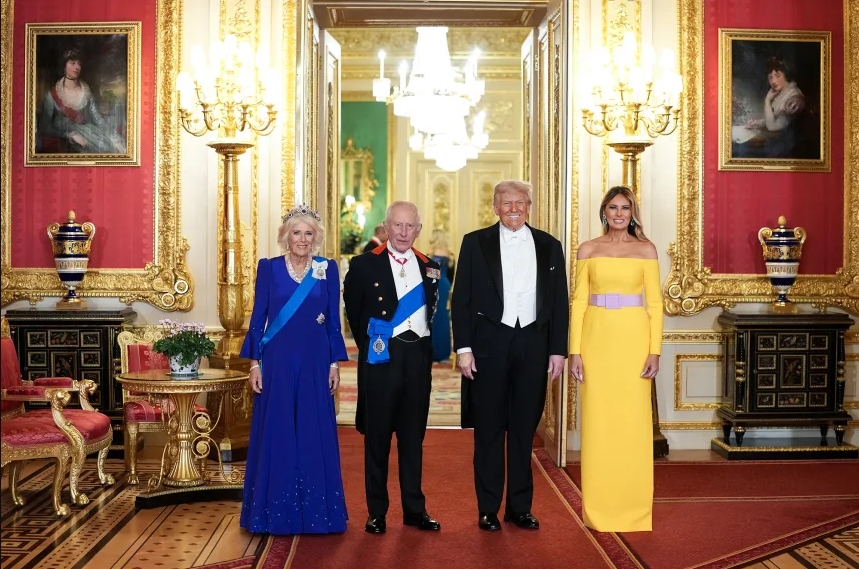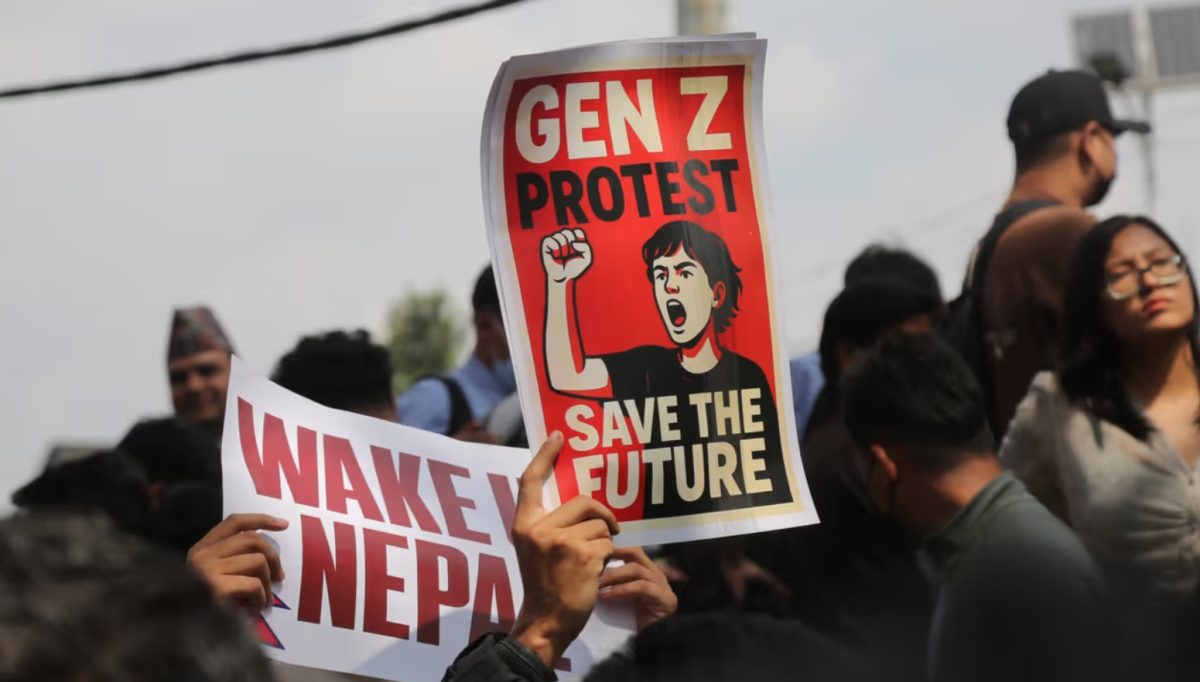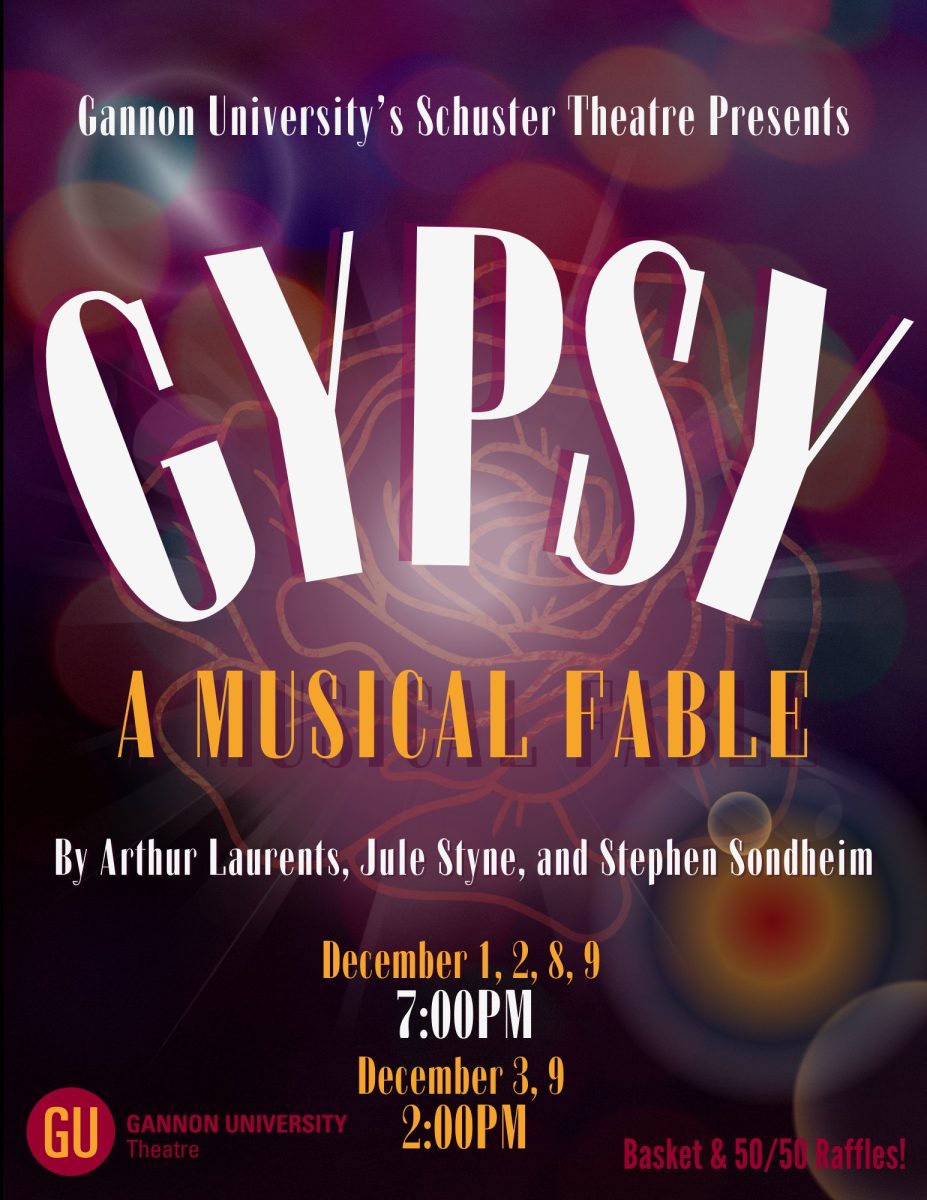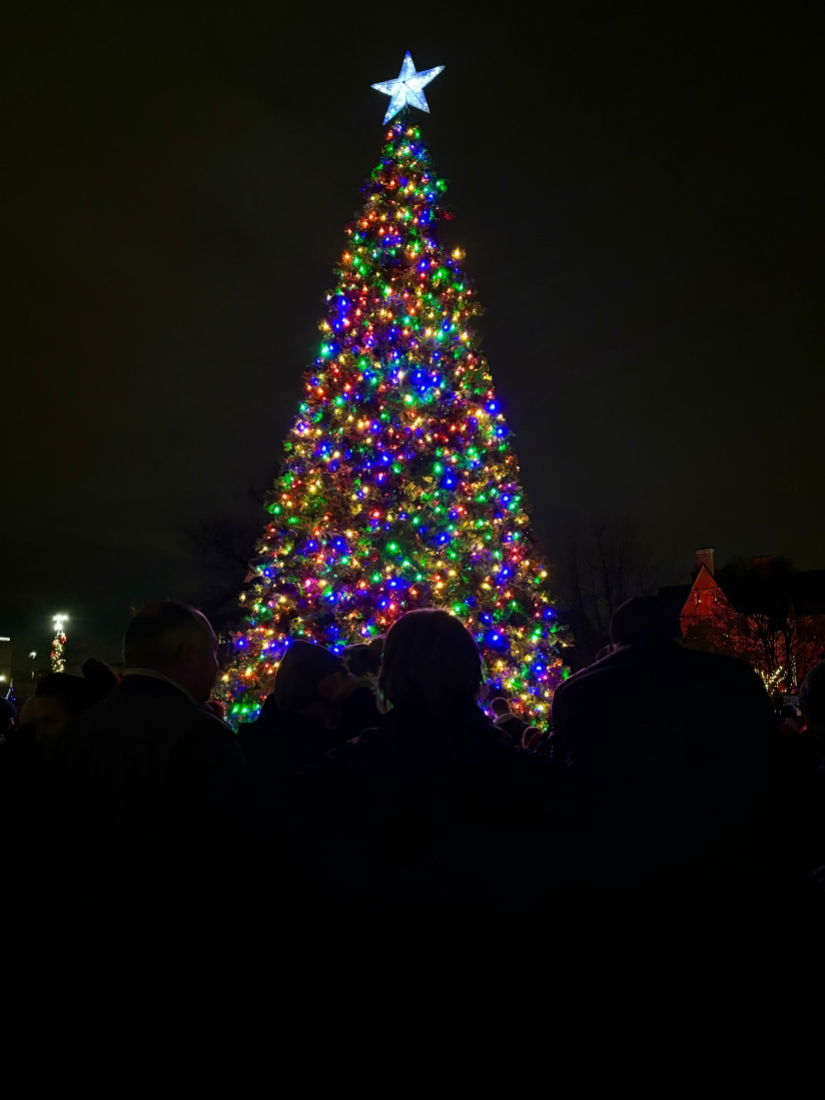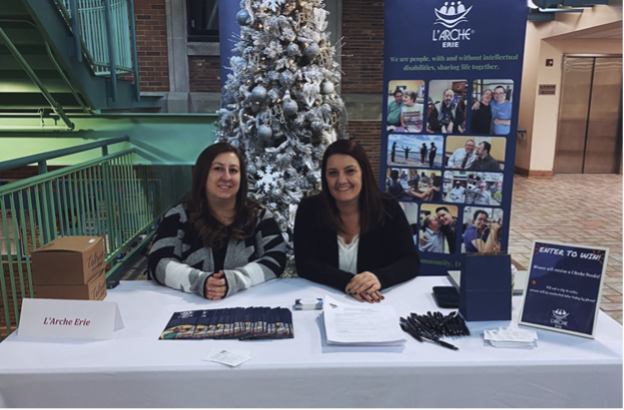While in Tokyo, we enjoyed numerous adventures in the city by exploring the Tsukiji Fish Market, visiting the many Shinto shrines around town, eating and drinking our way through the streets of Shinjuku, learning about our favorite Studio Ghibli films and characters at the Studio Ghibli Museum and, of course, singing our hearts out at the many karaoke bars around town.
After a jam-packed couple of days in Tokyo, we were about to embark on our next adventure in Japan to the countryside. The train ride from Tokyo to Hakone was one to remember. Our trip began early in the morning when we packed up our belongings and left our accommodation in the Akihabara region of Tokyo, and headed to the train station.
It was interesting to see the contrasting landscapes of Japan as the bullet train sped on the tracks. The feeling was once again akin to being in a spaceship. The experience of the Japan rail system was out of this world. With a fluidity and rhythm, the passengers navigated the underground rail stations. The smooth and quick flow of the train car as it passed through the buildings and suburbs left me with one question: why don’t we have this in the States?
As the train left Tokyo, and the countryside became more and more visible, it was as if we were in another county within another country.
Contrasted with the urban sprawl that was Tokyo, the countryside of Hakone was magnificent.
The growing wildlife scattered amongst the small towns was very refreshing after being exposed to the hustle and bustle of the city.
The city of Hakone was small and easy to navigate by walking. The city itself didn’t have much in terms of nightlife, but what it lacked in excitement it made up for in atmosphere.
Day One in Hakone was spent going to a sulfur mine that overlooked Mount Fuji. While the smell wasn’t much to brag about, the feeling of overlooking the sulfur mines to one of the world’s largest mountains was a moment that I will remember for as long as I live.
After going to Hakone, we visited Kyoto and had the opportunity to enjoy another one of Japan’s big cities. While Kyoto was not as big as Tokyo, it did have a wide variety of things to explore. From the many restaurants and bars, to the rich geisha culture and many temples, Kyoto was another town that showed the true beauty of Japan.
Another part of the Kyoto portion of the trip included Nara Park. Here, deer would roam around the park, walking up to tourists and letting you pet them.
An interesting thing I learned about these deer is how through years of people feeding them rice crackers, the deer have learned how to bow in order to receive the crackers.
The end of the trip involved us going back to Tokyo in the Asakusa region where we got to celebrate the annual Sanja Matsuri festival. This festival is the biggest traditional one in Japan that celebrates the three people who founded the Asakusa Sensoji Temple.
Our last night in Tokyo was spent at the festival watching the parade of shrines and enjoying all that the festival had to offer through the wide variety of Japanese food and beverage from local vendors.
Just as I was finally getting the hang of Japan and all of the unique things that make up Japan, it was time for us to leave.
When arriving in Japan, I never thought I would have trouble leaving. I was under the impression that once I got there I would get so overwhelmed that I would be counting down the days to return.
Make no mistake, I was going into Japan the most excited I had been in a while, but the going out of my comfort zone portion of the trip was something I was a little nervous about. I would soon come to find that there was nothing I needed to worry about in terms of fitting in with the flow of another culture.
In fact, the moment our plane ascended into the clouds and the city of Tokyo wasn’t visible anymore, I felt a little sad, as if I was saying goodbye to a friend of mine that I knew I wouldn’t see for a very long time.
What I realized while up in the air, sipping my tomato juice, was that I should not be sad that the adventure was over — I should be happy that I had the opportunity to experience it.
Japan taught me that it’s OK not to know everything, and it’s alright to not have a complete plan for everything including life after college. I learned that the main part of life is having no idea what is happening and just going with it and figuring out your place in the flow of events.
GABE FULGENZIO
[email protected]




